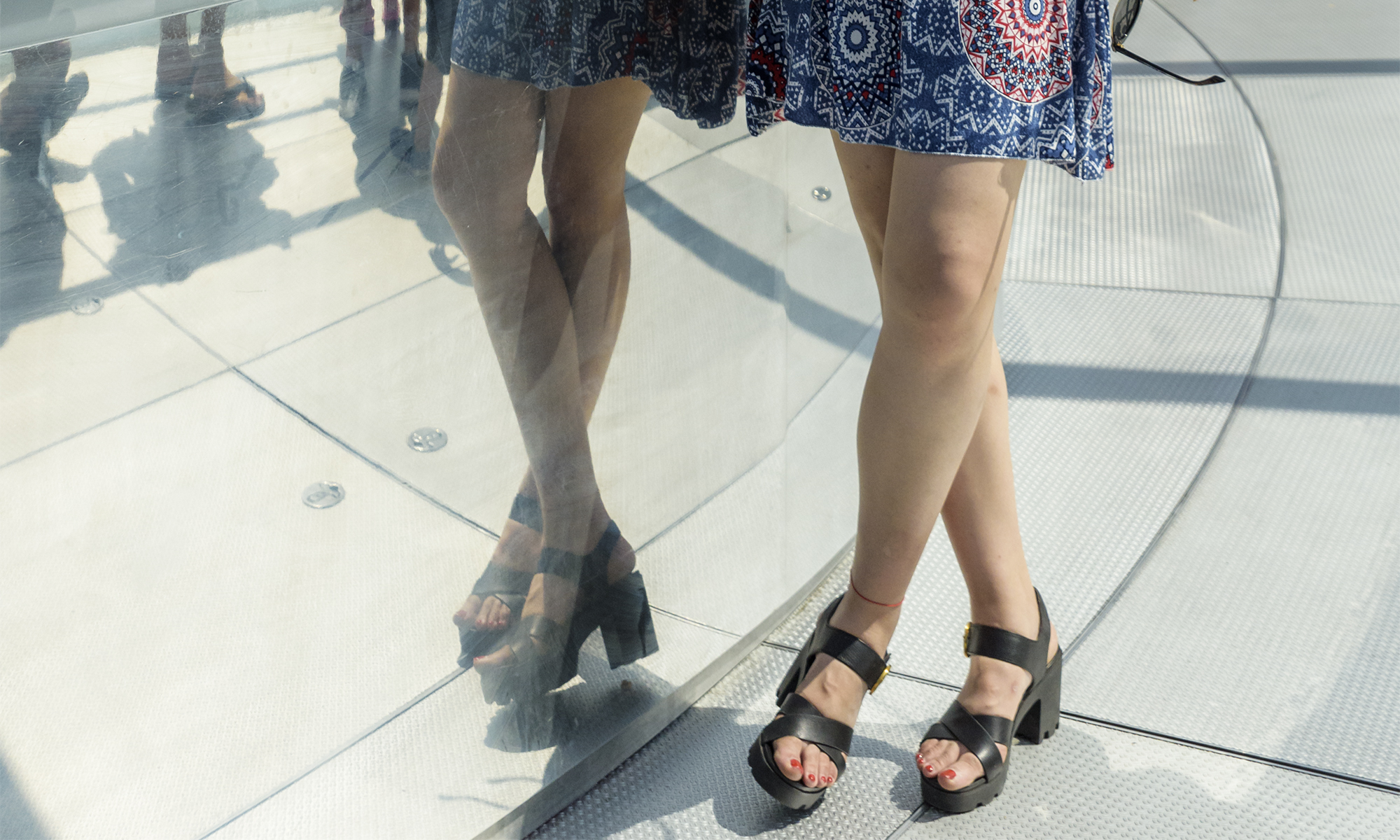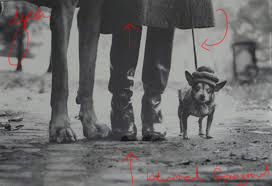Deconstructions – Derrida – to fully understand how something has been made, you have to take it apart before you can put it back together. don’t take things at face value be prepared to delve deeper and be opening to alternative meaning.
Semiotics – Barthes – the study of signs and language
SIGN = SIGNIFIER + SIGNIFIED
The signifier is the element in the photograph that signified what we think we are seeing or feeling in an image. Together they are the sign that contributes to the overall effect of the photograph
Denotation – states the facts, the literal translation of an object, the accepted version of what something is. ie there is bucket in the picture, it holds water.
Connotation – interpretation of the facts, (open to our experiences, knowledge and preconceptions of what that object could mean on an practical or metaphorical level). ie. the bucket holding water could be interpreted as life giving drink, or a means to clean yourself. This is a more personal take on the element.
Studium – another term coined by Barthes in his book ‘Camera Lucida: Reflections on Photography’. to describe the general status quo of an image. The studium is the photograph’s cultural, political and social meaning. By this he means the overall feel of the image that places it in a comfortable, understandable space for us as the viewer.
Punctum – as opposed to Studium, punctum is an element in an image that ‘punctures’ the meaning. It the thing that doesn’t fit or draws our attention to it. It’s the element we are viewers are drawn to that makes the image more interesting and creates a connection.
Intertextuality – the individual background, education and experiences that you bring to your interpretation of an image that you view. Each person will read a photograph and bring it to life in a different way. Barthes says that sharing these readings with others will also enrich the experience and the understanding of the meaning.



